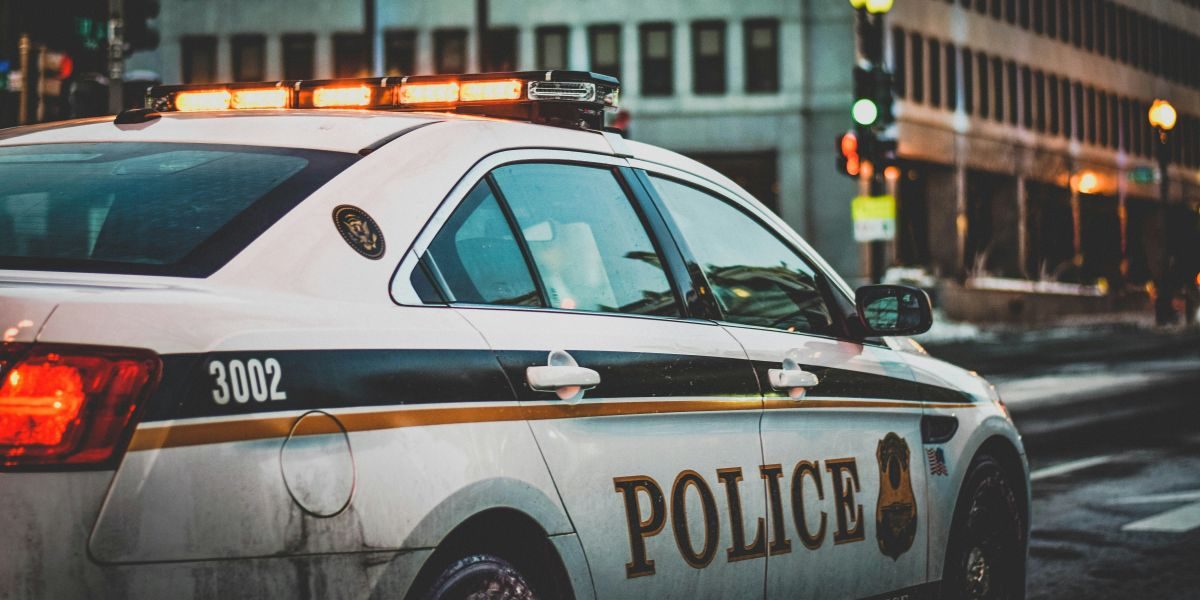Being accused of a crime does not mean you’re guilty. The prosecution must work to prove your guilt. Along with your lawyer, your job is to develop a defense strategy that proves otherwise. For this, both sides need evidence, which brings us to the core focus of today’s article—types of evidence in criminal cases.
The true power of a defense lies not just in the evidence itself, but in the skillful art of its presentation, the rigor of its challenge, and the depth of its legal interpretation. Someone like David Benowitz of Platinum Criminal Defense Lawyer David Benowitz can adeptly identify the right evidence.
In this article, you will learn the types of evidence used in court. You will also learn about the criteria they must meet to be admissible to the prosecution and the defense.
What Are the Types of Criminal Evidence
Evidence’s classification depends on its nature, source, method of collection, and role in proving or inferring facts. Here are the types of evidence you should know about.
- Direct evidence: There’s no need for more investigation. This proof shows a concrete fact, like video footage showing the defendant committing the robbery or an eyewitness saying they saw it happen. Because of its straightforward nature, direct evidence can strongly support or weaken a case, depending on the underlying facts.
- Circumstantial evidence: Certain types of evidence can imply a fact without directly proving it. For instance, an eyewitness may claim they saw the defendant leave the scene but didn’t see them commit the crime. This proof implies that the defendant was present when the alleged act was committed, but it doesn’t necessarily mean they did it. Circumstantial evidence can be particularly powerful when multiple pieces form a pattern.
- Real (Physical evidence): Any tangible object presented in court is real or physical evidence. It’s something the jury can see, examine, and, in some cases, test. Examples include DNA samples, guns, knives, documents, and objects from the crime scene.
- Testimonial evidence: These are statements made under oath in a criminal trial. Examples include eyewitness testimony, which is an account of someone who observed the crime. Another example is expert testimony, which consists of accounts from individuals qualified by their education, training, or experience to provide specialized opinions about the case.
Understanding the Admissibility of Evidence in a Criminal Case
Collecting evidence is rarely enough. For any piece of proof to be presented to the jury or the judge, it must pass certain tests to be considered valid and fair. This is known as admissibility of evidence, and here are the criteria to be admissible in court.
- Relevance: The evidence must directly relate to the facts of the case or any legal issues being decided upon. There are two types of relevance:
- Materiality: Evidence must prove or disprove a fact in dispute.
- Probative value: Evidence must make a fact more or less likely to be true.
- Reliability: Any proof submitted to court must be credible, trustworthy, and verifiable. It must be from a credible source and collected using the proper procedures.
- Legality: Evidence admissible in criminal cases must be collected through lawful means, respecting constitutional rights such as protection from unlawful searches or seizures.
- Hearsay: Hearsay is any out-of-court statement presented to prove the truth of the matter in dispute. Generally, such statements are inadmissible in court because they cannot be cross-examined. However, specific statements are allowed under specific exceptions, such as dying declarations.
The Importance of Working with a Lawyer
An experienced criminal defense lawyer will review the defense’s evidence and find inconsistencies, gaps, or unreliable sources. They will challenge the admissibility of the presented evidence based on what they find. For instance, if an eyewitness claims to have seen the defendant commit the crime from a distance or in poor lighting, a lawyer may question their ability to identify the defendant.
Your lawyer will also gather and present evidence to support your innocence, such as alibi witnesses, electronic records, and surveillance footage. They will contact expert witnesses to provide alternative interpretations of the prosecution’s case.
Disclaimer: This article is for informational purposes only and should not be construed as legal advice. Criminal cases are complex and require the expertise of a qualified attorney to evaluate and represent you effectively. The information provided does not guarantee any legal outcome, and readers are encouraged to consult with a legal professional for advice tailored to their specific situation.
Published by Jeremy S.

















